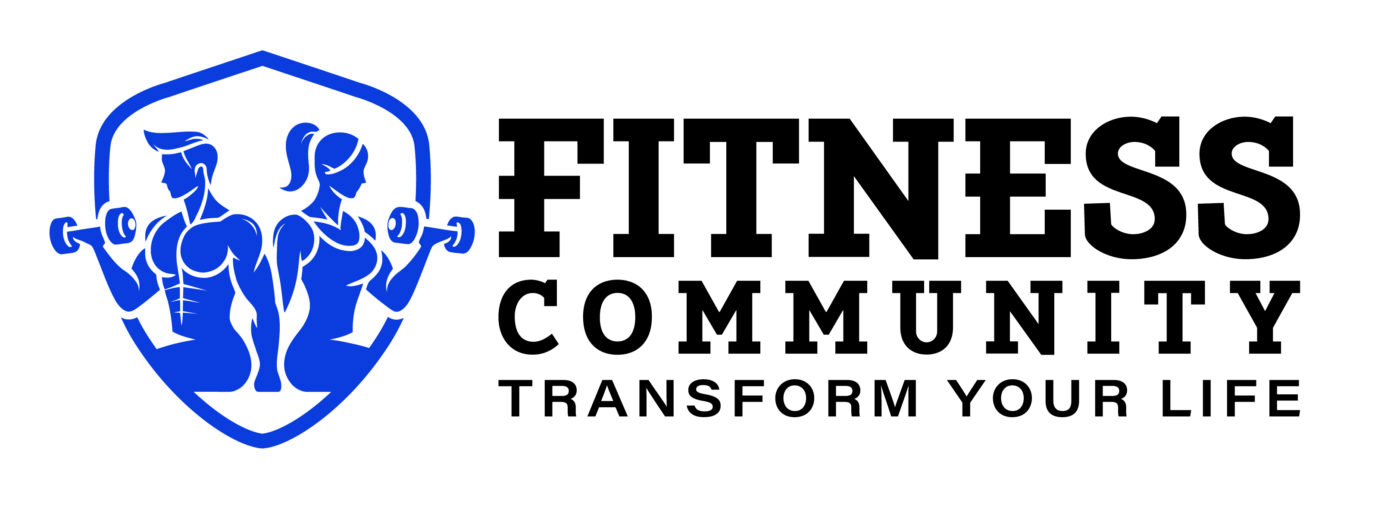STRENGTH TRAINING
Strength Training for Beginners: Overcoming Gym Anxiety and Building Confidence
Overcoming Gym Anxiety: A Beginner’s Guide to Strength Training with Confidence
For weeks, I’ve wanted to start strength training, but every time I get close, my mind fills with doubt. What if I drop a dumbbell on my toe? What if I struggle to figure out the machines? Or worse—what if I embarrass myself so badly that everyone in the gym stops to stare?
The truth is, strength training doesn’t have to be intimidating. With the right approach, we can start small, build confidence, and even enjoy the process.
Why Strength Training Feels Intimidating
Rows of heavy weights, complex machines, and experienced gym-goers moving through their workouts with ease—it’s enough to make anyone hesitate. But here’s a secret: everyone starts somewhere. If weightlifting makes you nervous, you’re not alone. The good news is, you don’t need to be an expert to begin.
Strength training isn’t just about lifting heavy weights. It’s about building a strong foundation, improving mobility, and feeling more confident in your body. The following beginner-friendly workout focuses on simple movements using just dumbbells, making it the perfect introduction to strength training.
The Importance of Strength Training
Lifting weights offers benefits far beyond building muscle. Regular strength training:
Boosts metabolism, making weight management easier.
Strengthens joints and reduces injury risk.
Enhances balance and coordination.
Increases bone density, lowering the risk of osteoporosis.
The key to success? Start with proper form. Mastering movement patterns before increasing weight helps prevent injuries and makes your workouts more effective. To see real progress, aim to challenge yourself each week—whether by adding weight, increasing reps, or slowing down movements for better control. Stick to a structured routine for at least four weeks before making adjustments.
Getting Started: Beginner-Friendly Strength Training Routine
If you’re new to strength training, begin with light weights and focus on technique before increasing resistance. Perform this full-body workout once or twice per week for four weeks, gradually increasing intensity as your confidence grows.
1. Heel-Elevated Goblet Squat (5 sets of 8 reps)
Targets: Quads, glutes, and core
Stand with feet hip-width apart, heels elevated on a weight plate.
Hold a dumbbell close to your chest.
Lower into a squat slowly over three seconds, keeping your knees aligned with your toes.
Push through your heels to return to standing while keeping your spine neutral.
2. Standing Dumbbell Shoulder Press (5 sets of 8 reps)
Strengthens shoulders and improves posture
Stand with feet hip-width apart, holding dumbbells at shoulder height.
Press the weights overhead until your arms fully extend.
Lower them back to the starting position in a controlled motion.
3. Dumbbell Sumo Deadlift (4 sets of 8 reps)
Engages glutes, hamstrings, and lower back while improving posture
Stand with feet wider than shoulder-width, toes slightly turned outward.
Hold a dumbbell between your legs with both hands.
Lower into a squat while keeping your chest up and back straight.
Drive through your heels to return to a standing position.
4. Bent-Over Dumbbell Row (4 sets of 8 reps)
Builds upper back strength and posture control
Hinge at your hips, keeping your torso near parallel to the floor.
Hold dumbbells with a neutral grip (palms facing each other).
Pull the dumbbells toward your torso, squeezing your shoulder blades together.
Lower them back to the starting position with control.
5. Glute Bridge (3 sets of 20 reps)
Strengthens glutes and core while improving hip mobility
Lie on your back with your knees bent and feet flat on the floor.
Engage your core and press your hips up toward the ceiling.
Squeeze your glutes at the top, then slowly lower back down.
6. Plank (3 sets of 20-second holds)
Develops core strength and overall stability
Start in a forearm plank position with your body in a straight line.
Engage your core, avoiding sagging or lifting your hips.
Hold for 20 seconds while breathing steadily.
Building Confidence in Strength Training
Strength training doesn’t require a gym membership or a deep knowledge of fitness. By starting with simple movements, focusing on form, and progressing gradually, anyone can build strength and confidence.
The most important factor? Consistency. Stick with your routine, track your progress, and remember—every expert was once a beginner.

